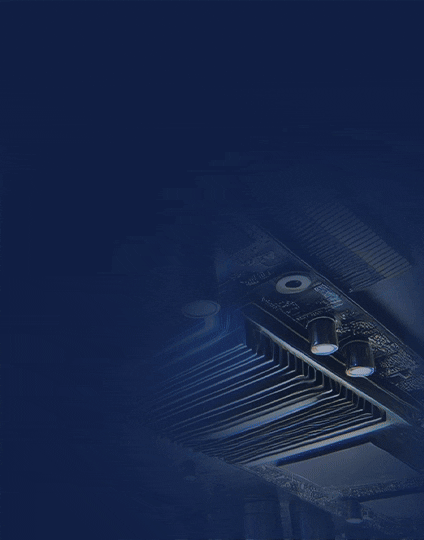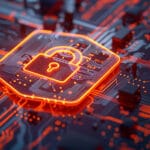Power management plays a critical role in the success of space missions, ensuring a reliable energy supply for both astronauts and equipment. As humanity ventures further into space, the demand for efficient and sustainable power solutions becomes increasingly paramount. This introduction will delve into the significance of power management in space missions and provide an overview of the challenges associated with ensuring a consistent energy supply in the harsh environment of space.
Energy Sources in Space
Space missions rely on various sources of energy to power spacecraft and sustain operations in the vacuum of space. Understanding these energy sources is essential for ensuring the success and longevity of missions. The primary sources of energy in space include:
A. Solar Power:
- Solar panels are a ubiquitous feature of spacecraft, converting sunlight into electricity.
- Advantages include abundant sunlight in space and relatively lightweight panels.
- Challenges include variability in solar intensity depending on the mission’s location and orientation relative to the Sun.
B. Nuclear Power:
- Radioisotope thermoelectric generators (RTGs) and nuclear reactors provide long-term, reliable power for missions beyond the reach of sunlight.
- RTGs utilize the heat generated by decaying radioactive isotopes to produce electricity.
- Nuclear reactors offer higher power output but require more complex engineering and safety measures.
C. Battery Systems:
- Batteries serve as vital energy storage units, providing power during periods of eclipse or high energy demand.
- Lithium-ion batteries are commonly used due to their high energy density and reliability.
- Advances in battery technology continue to improve energy storage capacity and efficiency for space applications.
Power Consumption Considerations
Managing power consumption is a critical aspect of space mission planning, as it directly impacts the longevity and efficiency of spacecraft operations. Several factors must be considered when evaluating power consumption:
A. Astronaut Needs:
- Life support systems, including air circulation, temperature control, and water purification, require a constant supply of power to sustain crew members.
- Communication systems for maintaining contact with mission control and fellow astronauts also consume significant energy.
- Personal equipment, such as laptops, medical devices, and environmental suits, contribute to overall power demands.
B. Equipment Requirements:
- Scientific instruments, propulsion systems, and other onboard equipment have specific power requirements that must be met to ensure proper functionality.
- Payload operations, such as data collection, imaging, and experiments, often dictate the power needs of the mission.
- Redundancy and backup systems are essential to mitigate the risk of power failures and ensure mission continuity.
Challenges and Solutions
Space missions face a myriad of challenges in managing power effectively, but innovative solutions continue to address these obstacles. Key challenges include:
A. Space Environment Factors:
- Radiation: Cosmic radiation and solar flares can damage solar panels and electronic components, reducing power generation and reliability.
- Temperature Extremes: Spacecraft are exposed to extreme temperatures, ranging from scorching heat to bitter cold, which can affect the performance and lifespan of power systems.
- Micrometeoroid Impact: Microscopic debris poses a threat to solar panels and power infrastructure, potentially causing irreparable damage.
B. Efficiency Enhancement Technologies:
- Advanced Solar Panel Designs: Deploying high-efficiency solar cells and innovative panel configurations can maximize power generation while minimizing mass and space requirements.
- Thermal Management Systems: Heat dissipation technologies help regulate temperatures within spacecraft, optimizing power system performance and prolonging lifespan.
- Power Conversion Efficiency: Developing more efficient power conversion systems ensures that energy harvested from solar panels or nuclear sources is utilized effectively.
C. Redundancy and Backup Systems:
- Dual Power Sources: Implementing redundant power systems, such as backup solar arrays or secondary battery banks, enhances mission resilience against power system failures.
- Automated Fault Detection: Real-time monitoring and automated fault detection systems enable rapid response to power-related issues, minimizing downtime and mission disruption.
- Energy Storage Solutions: Advancements in energy storage technology, including high-capacity batteries and regenerative fuel cells, provide reliable backup power during periods of low solar availability or emergencies.
Conclusion
In conclusion, effective power management is essential for the success and sustainability of space missions. The challenges posed by the space environment, coupled with the diverse power needs of astronauts and equipment, underscore the importance of innovative solutions in ensuring a reliable energy supply.
By harnessing advancements in solar power technology, nuclear energy systems, and energy storage solutions, space agencies can overcome the obstacles of power management in space. Redundancy measures and efficiency enhancement technologies further enhance mission resilience and longevity.
As humanity continues to explore and expand its presence in space, ongoing research and development in power management remain crucial. By addressing the complexities of power consumption and distribution, we pave the way for future missions to push the boundaries of scientific discovery and exploration beyond Earth’s confines.












